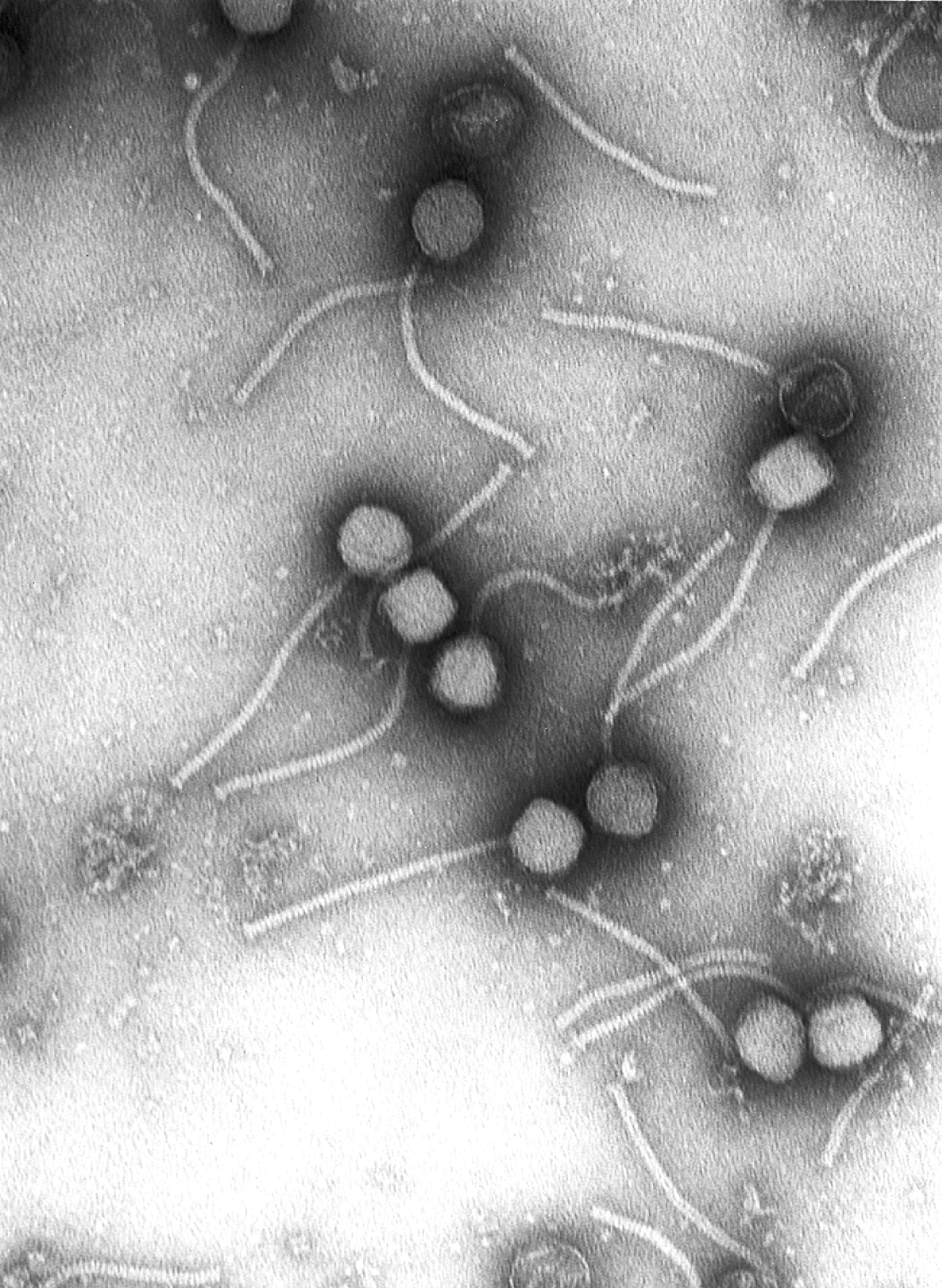
Photo from academic.microsoft.com
Deformed wing virus (DWV) has become the most well-known, widespread, and intensively studied insect pathogen in the world. Although DWV was previously present in honeybee populations, the arrival and global… Click to show full abstract
Deformed wing virus (DWV) has become the most well-known, widespread, and intensively studied insect pathogen in the world. Although DWV was previously present in honeybee populations, the arrival and global spread of a new vector, the ectoparasitic mite Varroa destructor, has dramatically altered DWV epidemiology. DWV is now the most prevalent virus in honeybees, with a minimum average of 55% of colonies/apiaries infected across 32 countries. Additionally, DWV has been detected in 65 arthropod species spanning eight insect orders and three orders of Arachnida. Here, we describe the significant progress that has been made in elucidating the capsid structure of the virus, understanding its ever-expanding host range, and tracking the constantly evolving DWV genome and formation of recombinants. The construction of molecular clones, working with DWV in cell lines, and the development of immunohistochemistry methods will all help the community to move forward. Identifying the tissues in which DWV variants are replicating and understanding the impact of DWV in non-honeybee hosts are major new goals. Expected final online publication date for the Annual Review of Virology Volume 6 is September 30, 2019. Please see http://www.annualreviews.org/page/journal/pubdates for revised estimates.
Journal Title: Annual review of virology
Year Published: 2019
Link to full text (if available)
Share on Social Media: Sign Up to like & get
recommendations!